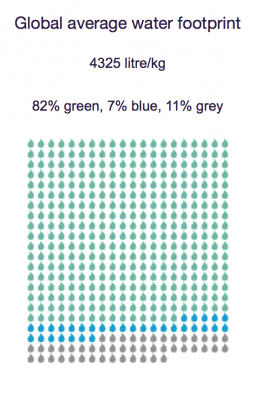I used to be a bottled water guy. It was always cold, and guaranteed to be clean.
It was simple. When I was thirsty, I got a bottle of water. Drink, dehydrate over the course of a few hours, repeat. Though it varied from day to day, I would estimate I used to drink about 5-6, 16.9 fl oz. bottles of water every day. For those of us who like to try to show our mathematical prowess by completing simple equations, that’s 84.5-101.4 fl oz. of water a day.
Which, in the grander scheme of things, is roughly the suggested intake of water on a daily basis (currently 91 fl oz.). Yet, I was wasting all the plastic that had to contain that water, one plastic bottle at a time. I stopped drinking bottled water when I started actively trying to reduce my carbon footprint. I bought a reusable bottle, and I fill it up periodically from a fountain.
But in the case of the broader Union community, I see people with bottled water all the time. As I sit here writing, I count 4 people around me with plastic bottled water in some form or another. And I didn’t even count a fifth, who has a cardboard box of water, which proclaims itself to be “better” because “Boxed Water is Better”.
Let’s assume the average Union student drinks the suggested daily value of water, and Union has roughly 2,200 undergrad students. Let’s say half (being generous) consume bottled water while the other half consumes water more responsibly.
(1/2) x (2,200)=(1,110)…(1,110) x (5.5)=(6,105)
Following this logic, Union’s student body on a daily basis consumes over 6,000 bottles of water. That’s a staggering number. Even more staggering: the sheer cost of producing so many bottles of water.
According to a February 2007 Pacific Institute Report: “Bottling water produced more than 2.5 million tons of carbon dioxide…It took 3 liters of water to produce 1 liter of bottled water.”
This is, of course, not to mention what happens to these 6,000+ bottles of water afterwards. Are any re-used? What percentage are even recycled?
Drinking water should begin follow the same tagline as their counterparts in the alcohol industry.
Drink Responsibly.




